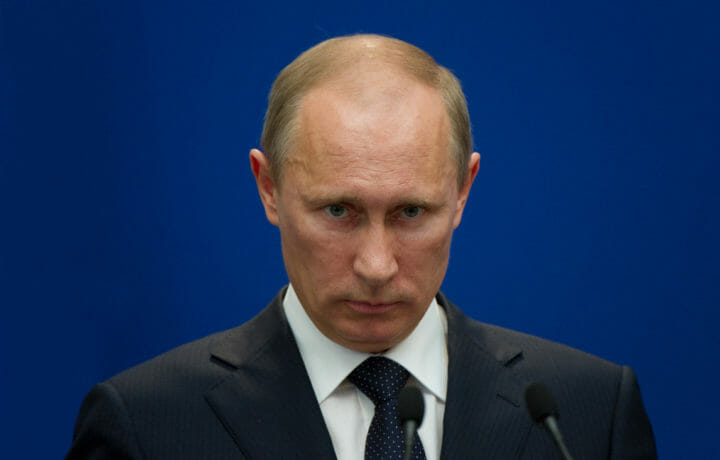Russia and NATO are already on shaky terms when earlier in October, NATO kicked out eight observer delegations to NATO for being Russian intelligence officers. And they also reduced contingents’ size from 20 to 10. Russian Foreign Minister Sergey Lavrov responded and said, “In response to NATO’s actions, we are suspending the activity of the NATO military liaison mission in Moscow and will recall the accreditation of its staff from November 1 this year.”
So, if NATO opens the door to Ukraine and Georgia, this could lead to increased tensions between the U.S. and Russia. And while it is easy to see why U.S. Secretary of Defense is advocating for an open door to NATO with no third country having a veto of NATO’s membership decision, it is easy to see how this addition could cause further tension between these two superpowers.
Tensions with Ukraine and Russia
In Ukraine, troops have been fighting Russian-backed forces in the eastern Donbass region since 2014. The U.S. has been Kyiv’s most powerful backer since Russia’s annexation of Crimea and the conflict began. Kyiv says 14,000 people have been killed in the conflict.
At a news briefing alongside Ukrainian Defense Minister Andrii Taran, U.S. Secretary Lloyd Austin said, “We again call on Russia to end it’s occupation of Crimea, to stop perpetuating the war in eastern Ukraine, to end destabilizing actives in the Black Sea and along Ukraine’s borders, and to halt its persistent cyberattacks and other malign activities against the United States and our allies and partners.”
And although the 2008 Bucharest NATO Summit meeting formally announced that Ukraine and Georgia would eventually become member of the alliance, the slow nature that has taken place has only intensified tensions for both the U.S. and Russia, along with the Ukraine and Georgia as they work to join NATO.
Stirring the Pot Could Reveal A Bigger Problem
But the real problem comes down to the fact that if Ukraine or Georgia are formally accepted to NATO, this would force the U.S. through NATO’s article five to militarily intervene. This action would be seen by as crossing President Vladimir Putin’s “red lines.”
One Russian general said, “Russia will take unambiguous action toward ensuring its interest along its borders. These will not only be military steps, but also steps of a different character.” Meaning that if Ukraine or Georgia are accepted to NATO and then the rule of Article five plays out, Russia would be prepared to use all facets of power, including military intervention to enforce their red line.
And we only need to look back at history to see how dangerous a situation like this would be. Remember in the 1960s when the Soviet Union deployed military assets 90 miles off the coast of Florida causing the world to be on the brink of nuclear war. Why would the presence of U.S. troops in both Georgia or the Ukraine not warrant the same reaction from Russia when faced in a similar situation?
This is why Sascha Glaeser, a research associate at Defense Priorities, recommends that as the U.S. shifts their focus on the impending threat from China by taking Ukrainian and Georgian NATO membership off the table.



